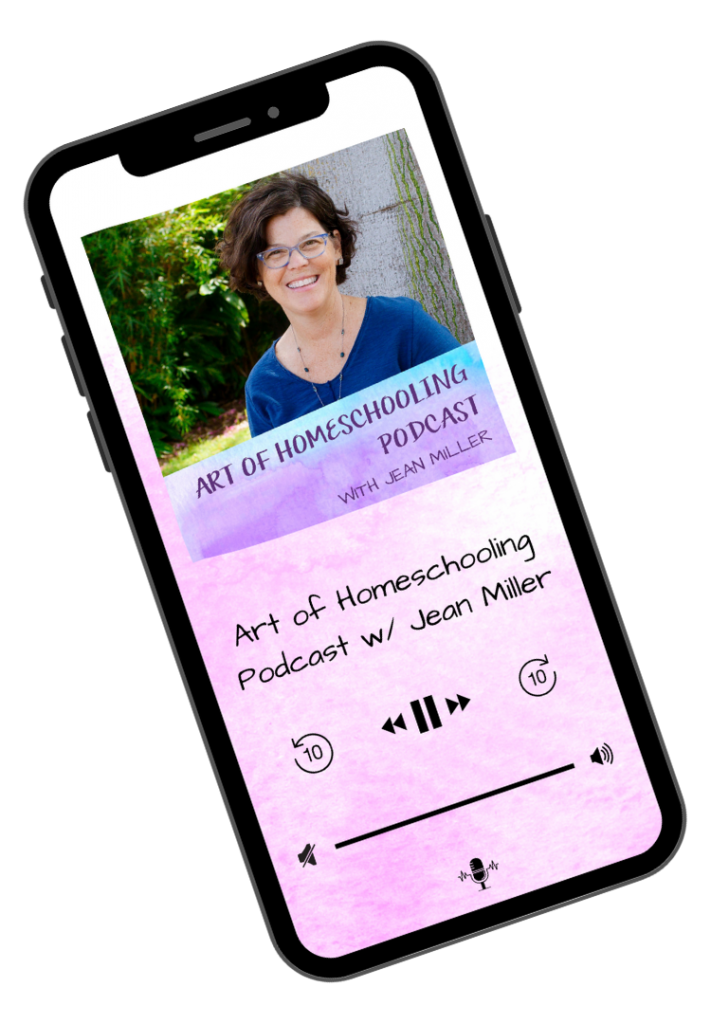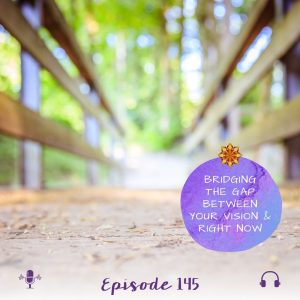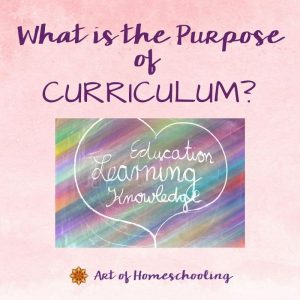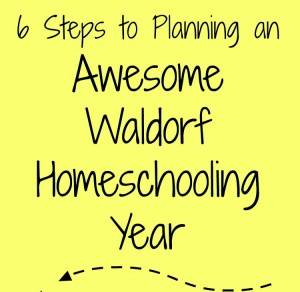Episode 177
I am super excited about this podcast topic because it addresses the number one question I get asked as a homeschooling mentor: how to homeschool multiple ages at the same time.
Waldorf homeschooling can feel onerous with different ages and different grades. Especially since most of us only experienced the traditional grade-level system in brick and mortar schools.
So how can we translate the Waldorf approach to the homeschool setting with multiple ages?
How to Homeschool Multiple Ages: Three Strategies
I want to share three different strategies for homeschooling multiples ages that I’ve implemented over the years.
And I also want to give you lots of encouragement, some of which comes from Rudolf Steiner, the founder of Waldorf Education.
The three strategies are:
- The Staggered Approach
- The Combined Approach
- The Alternating Approach
THE STAGGERED APPROACH
The first strategy I want to offer you to homeschool multiple ages is to stagger your main lessons.
This simply means that you teach two main lessons throughout the day, one after the other.
Caveat: I would not recommend doing more than two main lessons each day, even if you have more than two children. I suggest combining AND staggering in that case. (More on that to come!)
For example: You might teach a second grade main lesson to your younger child while your older child works independently, reads, or plays with a baby or toddler. When you’re finished with that main lesson, move on to teach a fourth grade main lesson to your older child. During this time, your second grader has free time or plays with a baby or toddler.
THE COMBINED APPROACH
What if you don’t favor teaching two main lessons a day? Or you’re not able to teach a main lesson for each child every day? Then I suggest combining or overlapping main lesson blocks.
Here you plan all or part of the main lesson for two or more children together. If your children are close in age or development, this can work beautifully.
Perhaps you start with a story or an artistic activity, for example. Then differentiate the written work or main lesson book work according to each child’s abilities.
This is more like a choreographed dance where you’re moving in and out of working together with all of your children and then helping each of them at their individual level.
THE ALTERNATING APPROACH
The third approach I suggest for homeschooling multiple ages is to alternate days of main lesson teaching.
In Waldorf-inspired homeschooling, we follow a two-day rhythm. On the first day, new material is presented. Then that content is revisited on the second day through artistic and written work.
This rhythm is perfect for alternating teaching days for multiple ages and grades.
To follow our example of homeschooling a second grader and a fourth grader, you could teach main lessons on Mondays and Tuesdays with the second grader. And then on Wednesdays and Thursdays with the fourth grader.
All three of these approaches ~ staggering, combining, or alternating main lessons ~ can be incorporated so that homeschooling works for you!
Waldorf homeschooling? It’s the best of the BEST.
~alan whitehead
Tip: For a detailed look at the ages and stages of Waldorf education through the homeschool lens, be sure to add Ages & Stages: Waldorf-Inspired Grades at a Glance to your resource library. Included is a list of block topics and highlights for each grade, along with descriptions of child development through the grades. (And did I say, it’s free?)
Waldorf-Inspired Homeschooling
Waldorf education was founded by Rudolf Steiner in the aftermath of World War I. And it emphasizes nurturing the whole child ~ heart, mind, and spirit ~ intertwining academics with artistic and physical activities.
Waldorf was conceived as a healing force in a fractured society.
Fast forward to today, and the principles of Waldorf education still resonate, especially within the homeschooling community. This is where the one-room schoolhouse concept can flourish in a modern setting.
In the spirit of Steiner’s vision, I want to emphasize the importance of keeping lessons short and engaging, with a healthy dose of physical and artistic activities interspersed throughout the day.
In this way, children develop not just academically but also socially and emotionally, mirroring Steiner’s aspiration for education to be a force for social healing.
Waldorf-inspired learning is not just about academic achievements. It’s also about nurturing a child’s spirit and fostering a love for learning that extends beyond the lessons.
The intimate and customized nature of homeschooling allows for deep and meaningful engagement with the Waldorf philosophy. The work you are doing as homeschooling parents is profoundly important to the future of your kiddos, your communities, and the world!
Just think about what you’re offering your children with holistic, Waldorf-inspired homeschooling. It’s actually the best of the best. The best approach in the best environment. I really believe this.
Thanks for listening and I’ll see you next week on the Art of Homeschooling podcast!💜

Rate & Review the Podcast
If the Art of Homeschooling Podcast has inspired you, I’d LOVE it if you could rate and review the podcast on your favorite podcast player! Reviews can be left on Apple Podcasts (iTunes), Podcast Addict, or Stitcher.
Or simply pop on over to lovethepodcast.com/artofhomeschooling and choose where you want to leave your review.
And if you want to show your appreciation for the Art of Homeschooling Podcast, you can buy me a cup of tea!
Never Miss an Episode!

Check Out All the Episodes









